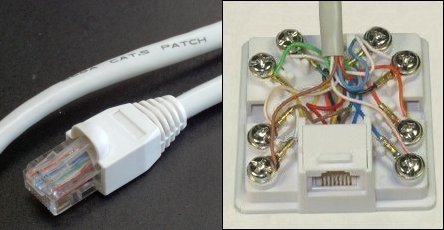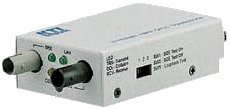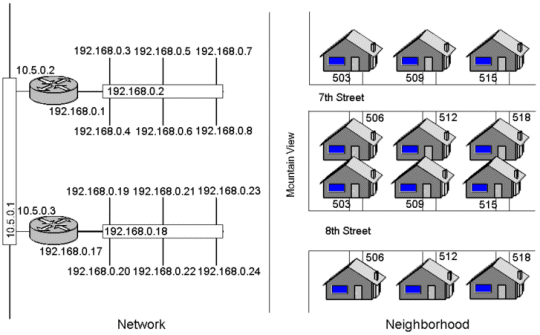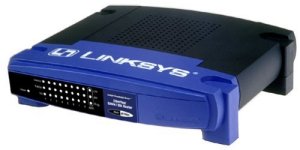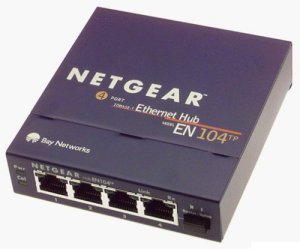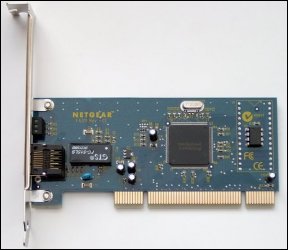In 1985, the Computer Communications Industry Association (CCIA) requested the Electronic Industries Association (EIA) to develop a generic cabling standard for commercial buildings that would be capable of running all current … [Read more...]
Network Transceivers
Transceivers are used to connect nodes to the various Ethernet media. Most computers and network interface cards contain a built-in 10BaseT or 10Base2 transceiver, allowing them to be connected directly to Ethernet without requiring an external … [Read more...]
Network Switches
LAN switches are an expansion of the concept in LAN bridging. They operate at Layer 2 (link layer) of the OSI reference model, which controls data flow, handles transmission errors, provides physical (as opposed to logical) addressing, and manages … [Read more...]
Routers
Routing achieved commercial popularity in the mid-1980s - at a time when large-scale internetworking began to replace the fairly simple, homogeneous environments that had been the norm hitherto. Routing is the act of moving information across an … [Read more...]
Bridges
Bridges became commercially available in the early 1980s. At the time of their introduction their function was to connect separate homogeneous networks. Subsequently, bridging between different networks - for example, Ethernet and Token Ring - has … [Read more...]
Hubs and Repeaters
Hubs/repeaters are used to connect together two or more network segments of any media type. In larger designs, signal quality begins to deteriorate as segments exceed their maximum length. Hubs provide the signal amplification required to allow a … [Read more...]
NIC Cards
Network interface cards, commonly referred to as NICs, are used to connect a PC to a network. The NIC provides a physical connection between the networking medium and the computer's internal bus, and is responsible for facilitating an access method … [Read more...]
Network Hardware
Networks are made up of both hardware and software. The network hardware provides the physical connections between the network's various nodes and typically includes: Network Interface Cards (NICs), one for each PC Network devices such as … [Read more...]
P2P Networking
By early 2000 a revolution was underway in an entirely new form of peer-to-peer computing. Sparked by the phenomenal success of a number of highly publicised applications, P2P computing - as it is commonly referred to - heralded a new computing … [Read more...]
Client-Server Architecture
Client-server networking architectures became popular in the late 1980s and early 1990s as many applications were migrated from centralised minicomputers and mainframes to networks of personal computers. The design of applications for a distributed … [Read more...]
